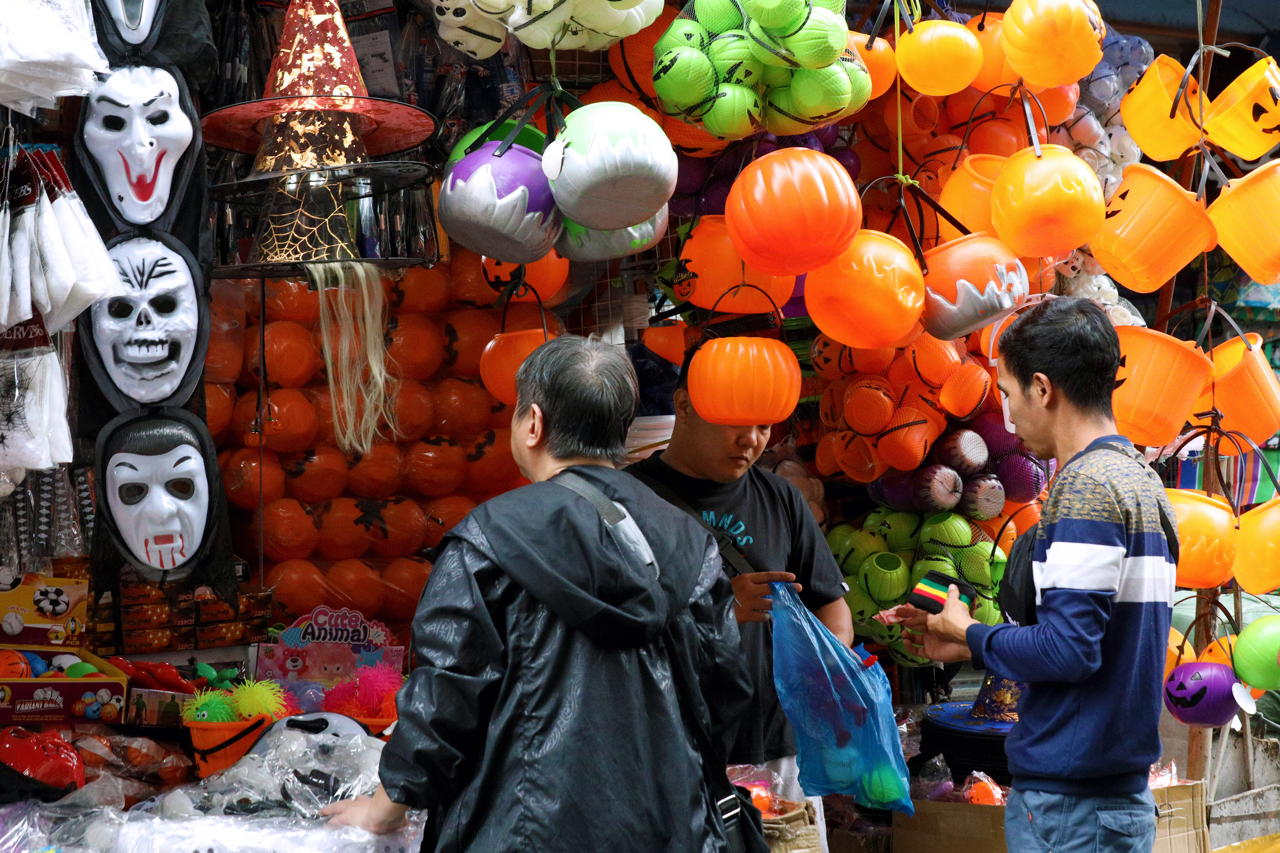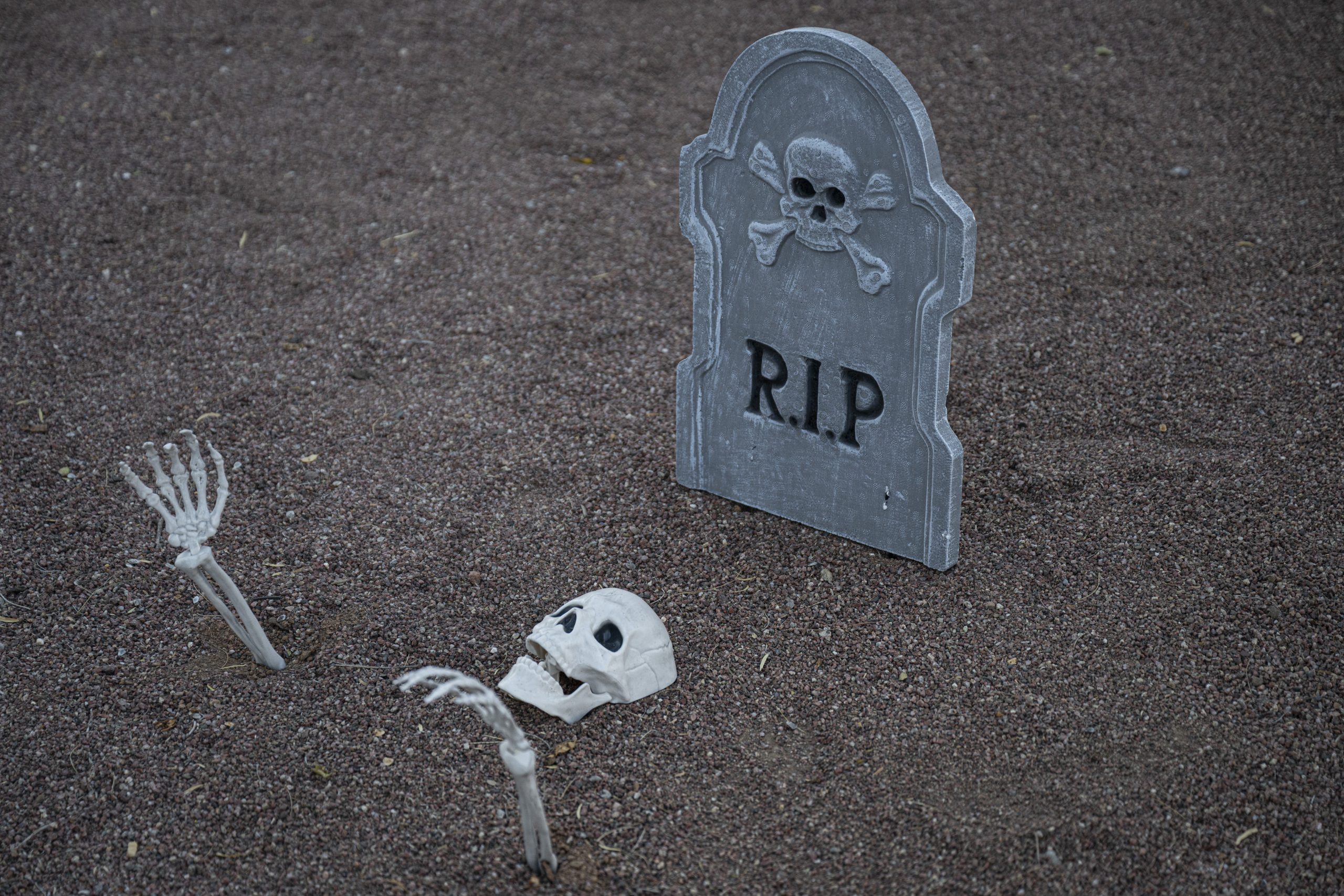
By Brian Campued
“Trick or treat Happy Halloween!”
Have you, as a child, experienced dressing up as horror movie characters or as your favorite fairy tale icons and superheroes and knocking on your neighbors during Halloween, asking for sweet treats?
Observed every Oct. 31, the observance of Halloween has been largely non religious in most parts of Europe and North America—featuring parties, spooky costumes, and trick-or-treating. But in the Philippines, before Halloween was celebrated as we know it today, Filipinos had the pre-colonial tradition of “pangangaluluwa” (literally means haunting).
According to the National Commission for Culture and the Arts (NCCA), on the night before All Saints’ Day, groups of singers draped in white blankets would serenade houses while pretending to be lost souls from purgatory.
To appease their souls, the household would offer prayers and foods such as “kakanin” or rice cakes that the spirits could bring back to the land of the dead.
Pangangaluluwa is a folk tradition, anchored on the belief that the door connecting the land of the living and the dead would open during “Todos los Santos” or All Saints’ Day—allowing souls of the departed to visit their loved ones.
That’s why, during the “Undas,” Filipinos often prepare a feast—usually foods made with sticky rice, sweet potato, or purple yam—as offerings for their dearly departed.
NCCA explained that pangangaluluwa mirrors the Filipino belief in the afterlife and the deep respect of the living towards the deceased.
While the Halloween custom of pangangaluluwa may not be widely practiced in today’s generation anymore, the solemnity of the observance of Undas remains engraved in Philippine culture as this is an important occasion to remember our departed loved ones.
After trick-or-treating this Halloween, may we take time to visit the graves of our loved ones and offer our prayers, so their souls would continue to rest in peace on the other side of the world.

—avds
